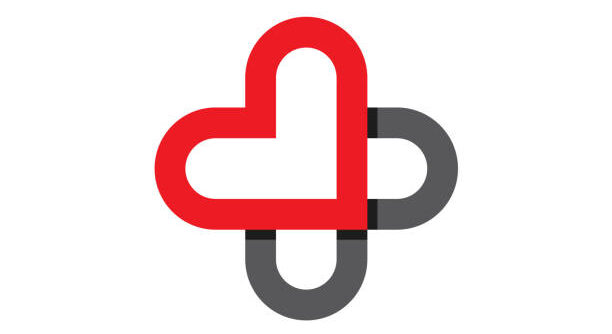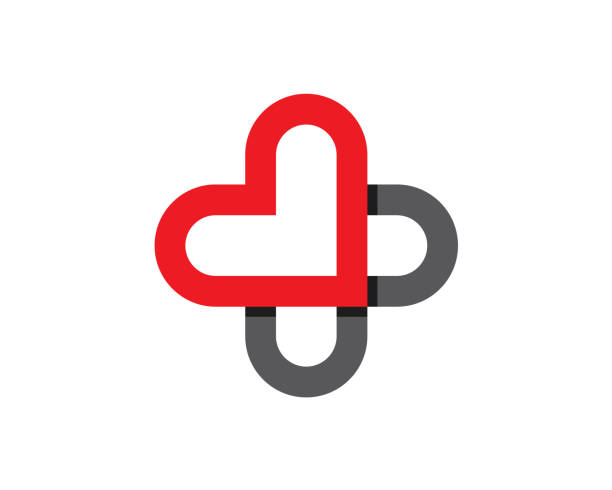Hospitals and health systems often struggle to establish a data-driven culture due to such challenges as fragmented data sources, outdated infrastructure, the complexity of healthcare regulations, and the need for significant investment in analytics capabilities.
However, for healthcare organizations that overcome the barriers to create a data-driven culture, the potential benefits are immense: Faster, better, more proactive decision-making, empowered staff and clinicians, and, ultimately, stronger financial and clinical operations.
A data-driven culture exists when data is more than just a retrospective reporting tool; rather, it’s a fundamental part of daily decision-making at all levels. In such an environment, clinical and operational teams seek out data proactively, ask better questions, and incorporate insights into planning, problem-solving, and resource allocation.
Overcoming resistance to change
Organizations of all sizes across all industries encounter difficulties when attempting to foster a change in culture. Resistance may arise for many reasons, such as a general fear of the unknown, a perceived commitment to consistency, or risk aversion.
In healthcare, resistance to change may be especially prevalent, as the industry “is in a constant state of flux, necessitating regular re-evaluation of existing processes,” according to a recent insightful article from the American College of Healthcare Executives about driving culture change.
To overcome resistance to change, the article recommends a variety of strategies including: practicing empathy and understanding, communicating clearly, involving stakeholders, adopting a phased implementation, providing training and support, and celebrating successes.
While a shift in outlook is certainly a necessity, driving culture change requires more than just adjustments in attitude and mentality by stakeholders. To facilitate a data-driven culture change, specifically, healthcare organizations need tools that promote dialogue, curiosity, and exploration, as well as the ability to rapidly test hypotheses, and share insights securely with colleagues and peers. These tools should support self-service data analytics, integrate with existing data sources, and include governance features for compliance requirements.
Best practices for creating a data-driven culture
In healthcare, establishing a data-driven culture isn’t just about adopting new technologies, it’s about embedding data into everyday workflows, decision-making processes, and long-term strategies. The following best practices help guide organizations in building a sustainable and impactful data-first environment.
Make actionable data available to more people: Expanding access to data beyond analytics teams enables clinicians, administrators, and frontline staff to explore information relevant to their roles. Self-service analytics platforms empower users to test hypotheses, uncover trends, and make decisions without waiting on IT or data science teams. This democratization of data creates a culture of curiosity, accelerates problem-solving, and promotes collaboration at all levels.
Align clinical, operational, and financial metrics to support strategic decision making: When healthcare organizations integrate data across clinical, operational, and financial domains, they create a unified view of performance that supports strategic alignment. This comprehensive approach helps leaders assess the full impact of decisions — whether improving care quality, optimizing workflows, or managing costs — and ensures that metrics reinforce shared goals rather than competing priorities.
Continuously innovate and adapt to create a feedback loop: A data-driven culture embraces continuous learning by embedding feedback loops into operational and clinical processes. Rather than relying on static benchmarks or one-time reports, teams regularly revisit and refine practices based on real-time insights. This iterative approach enables organizations to adapt quickly, measure the impact of change, and sustain improvement over time.
Establish governance and support structures for sustainable change: Effective data use requires more than access; it also requires accountability. By creating governance models that prioritize patient safety, ensure data integrity, and guide innovation, organizations can provide a structure for responsible data use. Paired with training and support, these models foster trust in the data and clarity around how it should be used, making change more sustainable and scalable.
Conclusion
A data-driven culture doesn’t emerge overnight. It’s the result of intentional strategies, reliable tools, and persistent collaboration across roles. By empowering more people with access to data, aligning key performance metrics, and embedding feedback into operations, healthcare organizations can become more agile, efficient, and outcomes-focused.
Ultimately, the benefits of establishing a data-driven culture reach far beyond improved analytics. It enables a smarter, faster, and more inclusive decision-making process that leads to better care for patients, reduced provider burnout, and stronger financial resilience. As healthcare continues to evolve, organizations that embrace data as a core asset — as opposed to an afterthought — will be best positioned to lead the way.
Photo: ra2studio, Getty Images

Peter Calderone is an accomplished healthcare technology executive with over 20 years of experience driving organizational success through strategic leadership, operational excellence, and innovative technology solutions. As Vice President of Customer Success at MDClone, Peter oversees a diverse team of healthcare and data professionals, advancing initiatives in synthetic data, research and quality improvement.
This post appears through the MedCity Influencers program. Anyone can publish their perspective on business and innovation in healthcare on MedCity News through MedCity Influencers. Click here to find out how.





